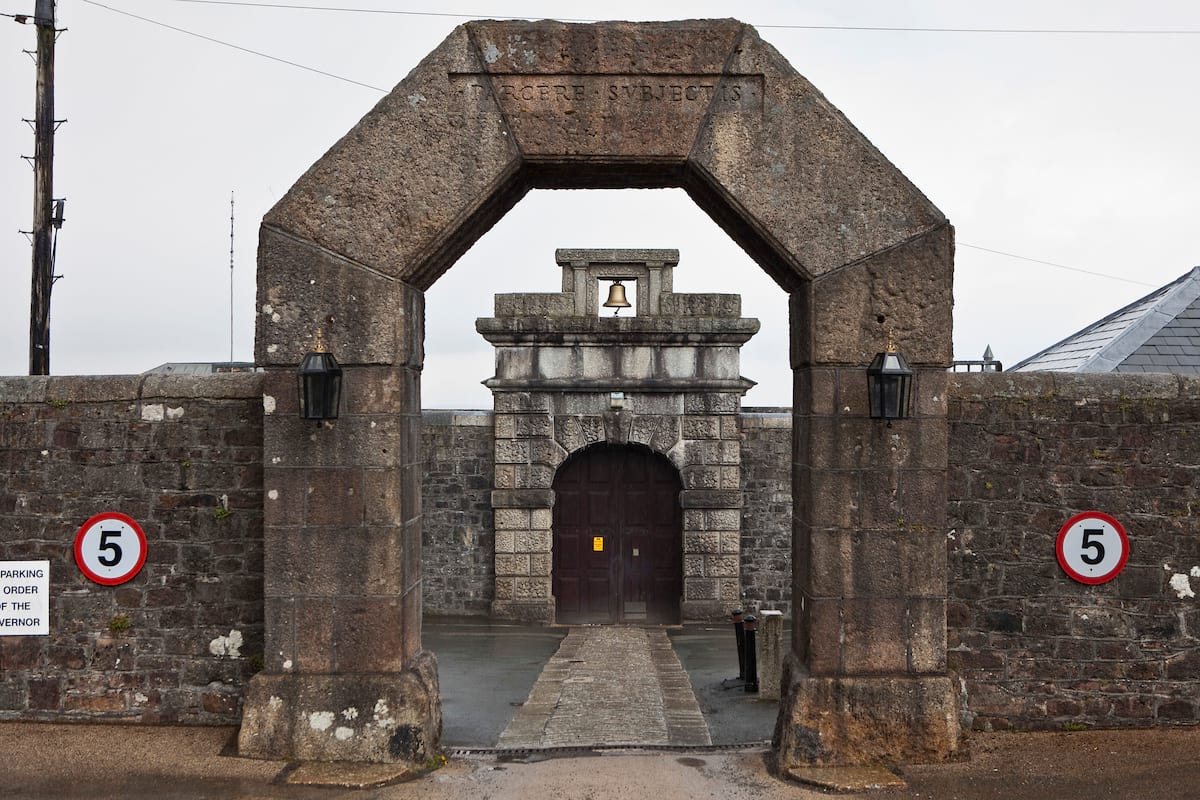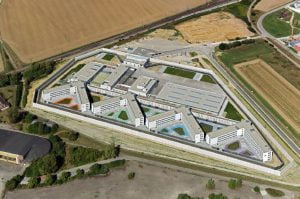Yesterday the government announced it has abandoned its plans to close our most dilapidated Victorian prisons. The plan to modernise our prison estate was originally proposed by Michael Gove in November 2015, with the aim that the government would sell of the prime city centre real estate to generate income and allow developers to build new homes.
Now, however, Prisons Minister Lucy Frazer has said that we need to keep our old prisons and the 10,000 new prison places the government has said it will build in order to accommodate more prisoners. This is because more offenders would be locked up after police forces begin recruiting an additional 20,000 officers by 2023. A further 2,000 places would also be required by 2030 as a result of sentencing changes for violent criminals and sex offenders.
Leaving aside, for one moment, why the government is so keen to imprison a greater proportion of our population than any other country in Western Europe, I thought it would be interesting to see just how old our prison estate is.
Below you can see an interactive chart of all 120 prisons in England and Wales arranged along a timeline of when they first became custodial institutions.
I have no claims to be a penal historian and those with more knowledge than me may want to dispute some of the dates. It wasn’t always a straightforward process to decide on the correct date.
For example, I have given the foundation date of HMP The Verne as 1872, the date the building was finished (it was built mainly by prisoners from Portland Prison and was originally an infantry training centre until handed over to the prison service in 1949.
Similarly, the Isle of Wight prison was formed in 2009 from the combination of HMPs Parkhurst, Albany and Camp Hill (Camp Hill has since been closed) but I have given the date as 1805 when HMP Parkhurst was first built.
While some of the Victorian prisons have had considerable modernisation over the years, others – Pentonville for instance – remain more or less as they were originally built.
From the chart below you can see that no fewer than 34 institutions were originally built in the 19th century or earlier.
Interestingly, only one prison was opened between 1895 and 1933 (Feltham). 20 prisons were opened in the 1960s, 9 in the 19702, 13 in the 1980s, 16 in the 1990s, 7 in the first decade of the new century and four since then- HMP/YOI Isis and HMPs Oakwood, Thameside and Berwyn.
The process of researching the dataset reminded me how often so many prisons are re-purposed. A good example is HMP Usk which was built in 1841/2 and extended in 1868. It opened in 1844 as a House of Correction, and after the addition of other buildings in 1870 the establishment became the Monmouthshire County Gaol. It retained that role until 1922 when it closed, reopening in 1939 as a borstal. It continued as a borstal until 1964 when it became a Detention Centre. In 1983 Usk became a Youth Custody Centre and from 1988 to 1990 a Young Offenders Institution. In May 1990, Usk became an Adult Category C prison for Vulnerable Prisoners (mainly sex offenders) and it continues in that role today.
I also found out that HMP Springhill was the first base for MI6 and the Special Operations Executive in the war before being turned over to the prison service in 1953.
On the chart below each establishment is represented by a bubble whose relative size is related to its overall capacity. If you hover over a bubble, it will tell you the name of the prison, whether it holds men, women or both genders, its opening date and capacity.
I hope you find it interesting. You can also view the chart on its dedicated webpage here.
The header image is of HMP Dartmoor, taken by Andy Aitchison You can see Andy’s work here.








2 Responses
Hello Russell Webster
Having read your email about prisons, which interested me, forwarded to me by Meelanie Jameson, I thought you might like to know that as a Seconded Probation Officer, I worked in prisons for many years of my career – firstly five years in Winchester Prison and later for many years in Pentonville, so I am well versed in the history of prisons and especially Pentonville of course. It is the oldest and first prison of its kind in the country, I think built about 1856 (I’d have to look it up to be exact) and based on the model of an American prison in Philadelphia (I think called Cherrymount or something like that.)
Strangely I really loved working in the prison, and would be happy to talk with you about prisons if you would like, tho I have been retired for some years now and much has changed in our criminal justice system and prisons.
With Ffriendly greetings,
Ann Jacob
Hi Ann
Thanks for your interest. Pentonville was opened in 1842 and was, as you say, based on the “separate system” first used at Eastern State Penitentiary in Philadelphia.
I think 177 years is more than long enough and it’s time to retire from public life…
All the best
Russell